So you’ve decided to declutter, but where do you start? There are different methods for decluttering. I’ll discuss some of them to help you come up with a game plan for getting your whole house decluttered.
Where to start?
When you are overwhelmed with the amount of stuff in your house, the most challenging part can be just getting started. Ask yourself the following questions:
- Is there a space that you could declutter quickly that would have a big impact?
- What spaces in your home seem to collect clutter the quickest and most often?
- Which room or area of your home brings you the most stress?
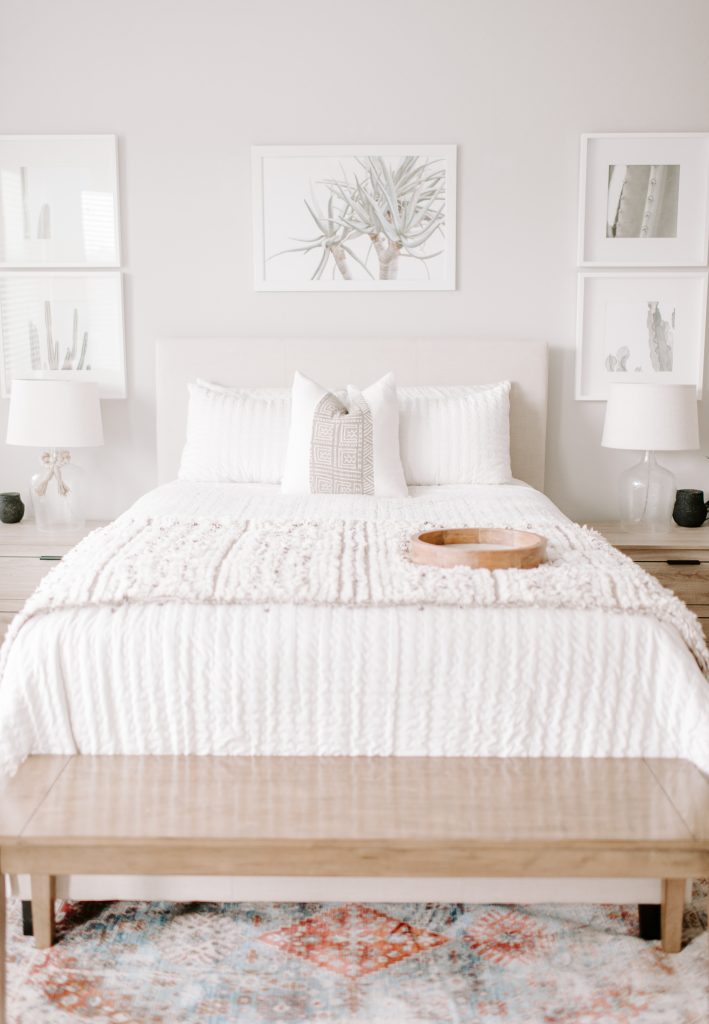
Your answers will help in formulating a game plan for your decluttering process. I like to start with an area that you can declutter quickly, but that will have a big impact. For me, that is my kitchen counters (which is also my answer for number two).
Quick win
You need a quick win to start with. If you need an idea for a quick win, you can register below to receive 8 Quick Wins for Decluttering.
Picking the most challenging or difficult space is too overwhelming at the beginning. You want to work up to those tasks. Completing a project and feeling good about it helps you continue to move forward to the next one.
If you have ever done Dave Ramsey’s Financial Peace University it is a very similar concept for how he approaches debt. You start with the lowest one so that you are motivated to continue with the process.
There are many different ways to approach the decluttering process. I will talk about four of them. As you read through them, think about what would work best for you and your home.
Best methods for decluttering:
- Kondo style
- 20-minute method
- Weekend plan
- One room at a time
Kondo style
Marie Kondo advocates for taking out everything of a like-kind when you declutter.
For instance, if you’re cleaning out your closet you are going to take out all of your clothes. That includes getting everything out of your coat closet, storage, and anywhere else you have tucked away any clothes in your home.
For some categories, this method can feel overwhelming, as we might not even know where every office supply in the house is being stored.
Realizing what you own
In many cases, part of the reason we have so much clutter is that we don’t realize how much we own. On average, our homes are larger than they used to be and thus there are more spaces to spread out our belongings.
We end up with duplicates and forgotten items when they are stored in a variety of places. Bringing everything together at once to go through and assess what stays and what goes is both eye-opening and enlightening.
This is an important part of the process so you can accurately select what you want to keep or let go of.
The Kondo style method creates awareness of ownership which helps you to be more mindful of not bringing clutter back into the house.
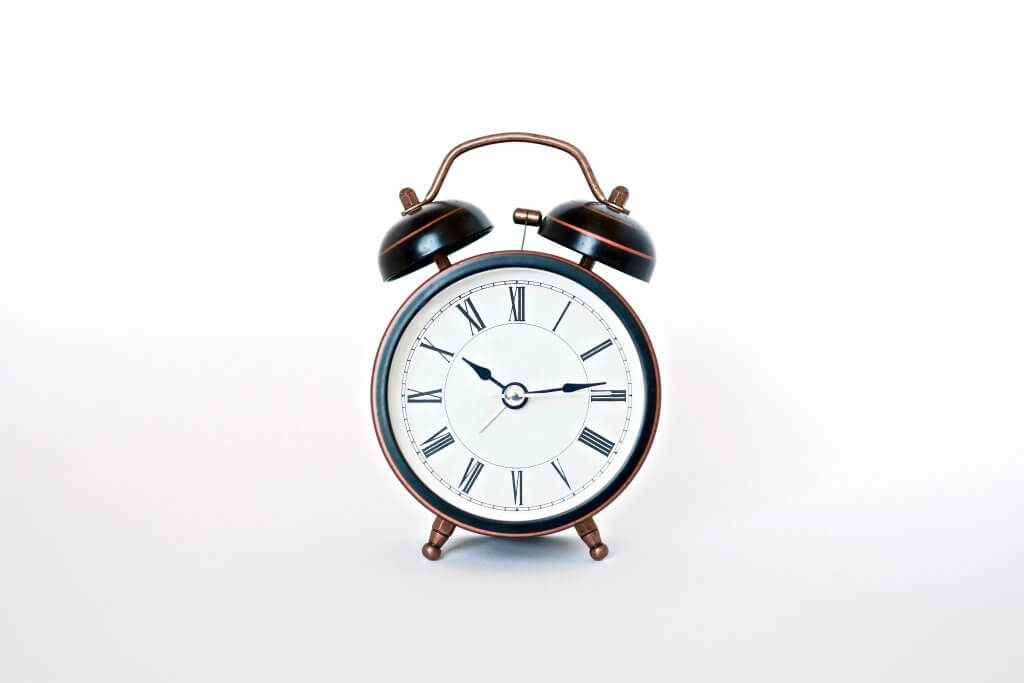
20-minute method
In this method for decluttering, you use a timer set for 20 minutes and tackle projects in smaller chunks of time. The benefit to this is you aren’t likely to burn out or get too overwhelmed in a twenty-minute time frame. The downside is you won’t be able to tackle a big space in a short period of time.
This option is great for smaller more defined spaces, such as a kitchen (1 cabinet or drawer at a time). It may not work as well for a closet unless you divide it up into very specific segments (i.e. just t-shirts, skirts, purses, etc).
This method is great if you are short on time, but still want to make progress. The 20 minutes per day approach can add up to a lot getting done if you are consistent with it. Here are some ideas of great places to start with this method.
Do the whole house in a weekend
This is for the jump all in at once kind of person who is ready to do an extreme declutter. If you are very motivated and can find someone to watch your kids for the weekend while you upend your house and tackle an area at a time, more power to you.
Fast decluttering is like sprinting a marathon, but there are people that this works well for.
If you do try this method, have a focused plan for the order in which you will tackle the rooms. It would not be fun to have started every room in your house, only to find you’ve run out of time to put your house back in order.
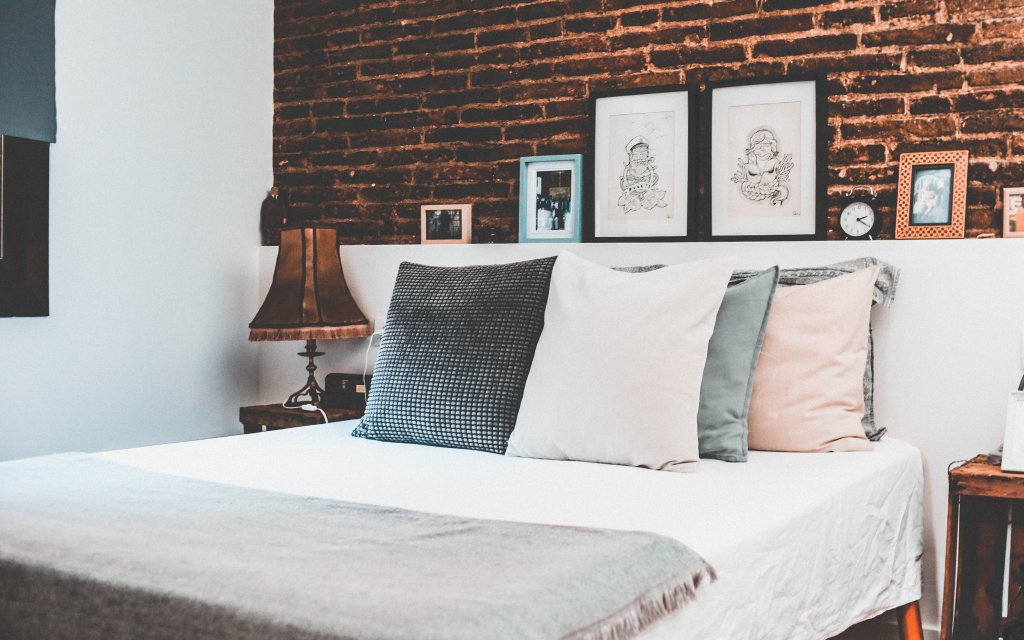
One room at a time
The one room at a time method is fairly self-explanatory. You pick a room to start with and go through each room in the house one at a time. In this method, starting with whatever room is easiest to declutter and work up to the more difficult rooms to declutter.
Bedrooms
It’s helpful to declutter your bedroom early on in the process. It’s the room where you sleep should be the most restful and calming. If the last things you see before you turn out the lights at night are books, clothes, or random items stacked up on your dressers and nightstands, that isn’t calming or restful.
Bathrooms
Bathrooms are another great option to do early on because they typically aren’t too challenging since most people don’t have much sentimental attachment to bathroom products.
Other rooms
It depends on your home for how you want to tackle the remaining rooms. Some rooms are larger or have more things so they will take longer. Those rooms could be approached one section at a time.
Sentimental items
I recommend ending with the most challenging room, which is usually where the majority of sentimental items are stored. The final space would be the garage.
It’s helpful to be able to use the garage as a staging area when working on the other rooms in your house. Items can be temporarily placed there until you are able to sell or donate them.
I’ve created a Declutter Plan of Attack Worksheet to help you get started. You can get it by filling out the form below 🙂
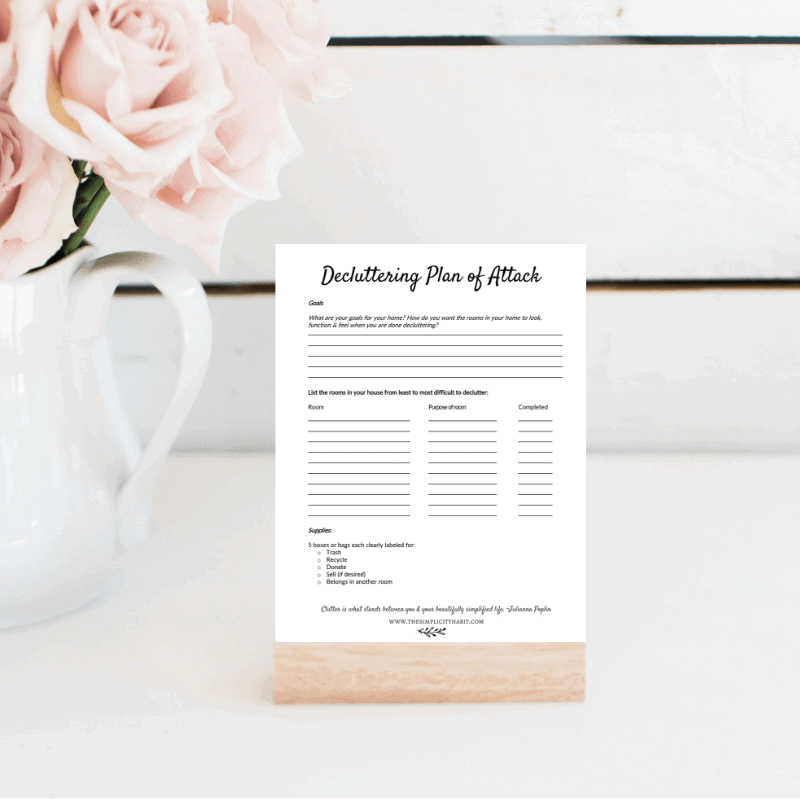
Regardless of which of the methods for decluttering you have chosen, you will also want to consider these factors before getting started.
Take into consideration:
- your personality
- time available
- space
- belongings
Personality
Different methods for decluttering work well for different people. It isn’t a one size fits all approach and varying decluttering methods may work well for you at different times.
For many, the tackle the whole house in a weekend option would be too overwhelming. However, some people have the time, energy and mindset to do that and thus find it to be the most efficient approach.
If decluttering is extremely difficult for you, I suggest starting with smaller spaces for shorter spans of time. It gets easier as you go, but creating a situation that doesn’t overwhelm you right from the beginning is important.
Scope your projects smaller so you are able to complete them. Then you’ll feel good about moving on to the next one.

Time available
There is nothing worse than starting a project, getting halfway into it, and then having to leave things a total mess because you don’t have time to complete it.
If you know it is going to be a bigger project and you are ok with leaving it to come back to it, that’s fine. Just make sure that your schedule allows you to complete it within a reasonable amount of time.
With all methods of decluttering, the mess tends to get worse before it gets better so leaving the project midway can feel deflating. Opt to wait to start bigger projects if you’re tight on time.
Space
Consider the space in your home before you begin any of these methods of decluttering. Mentally prepare yourself and your family for the room to be disheveled as you are working through it. I recommend working in only one room at a time.
Having all your rooms be a mess is stressful. Most people don’t enjoy being surrounded by unfinished projects. Also, consider how the space being in process will impact the function of your home and family during that time.
For example, if you’re planning to make a meal that day that requires a lot of prep work, it may not be the ideal day to declutter your entire kitchen.
Belongings
Have you ever started decluttering a room only to find that half of the belongings aren’t yours?
You can work on your section and your things, but don’t expect to get the whole room completed on your own unless you have talked with your spouse and they have given you free rein to declutter whatever you want (I’ve found most spouses don’t do that ;)).
Schedule these spaces when you and your spouse have the time to work together. You can set aside items you want your spouse to look over. However, this can be frustrating if you are imagining all of these items going and your partner doesn’t want to get rid of any of them.
Keep in mind here, you can only control your actions and your stuff. Be respectful of each other’s things and feelings. Ideally, compromise and work together as peacefully as possible.

Process for decluttering:
With any of the methods for decluttering, you will need four bags or boxes. One for trash, one for donate, one for sell (optional), and one for belongs in a different room.
Ask yourself these four questions:
- Do I use it and love it?
- Would I buy it again right now?
- Do I have something else that serves the same purpose?
- Is this something I want to have in my life going forward?
The answers to these questions can help you identify what you want to keep and what you want to let go of. You get to decide what clutter is in your home.
The decisions tend to get easier as you gain momentum. When you get stuck on something, set it aside in a maybe pile to revisit after you are done sorting through everything else.
If you still feel uncertain about it and don’t feel ok about letting it go, box it up and put an end date on the box. If you haven’t missed anything in it by the time that date comes around, then feel free to donate.
Selling items
A bit of caution here if you end up with a large number of items you plan to sell. Selling items takes time and some experience. It can be more hassle than it is worth particularly if you haven’t done it before. You will also likely find that your items are worth less than you anticipated.
If you plan to try the sell route, give yourself a deadline for when the items need to be sold by. If they aren’t gone by then, gift them to friends, your local buy nothing group, or donate them.
I’ve had the best luck with selling on facebook groups/marketplace and Offer Up. I used to use Craigslist but no longer do so since they now charge listing fees. If you’re selling items, use good judgment with what information you give to people and when/where you meet up with them.
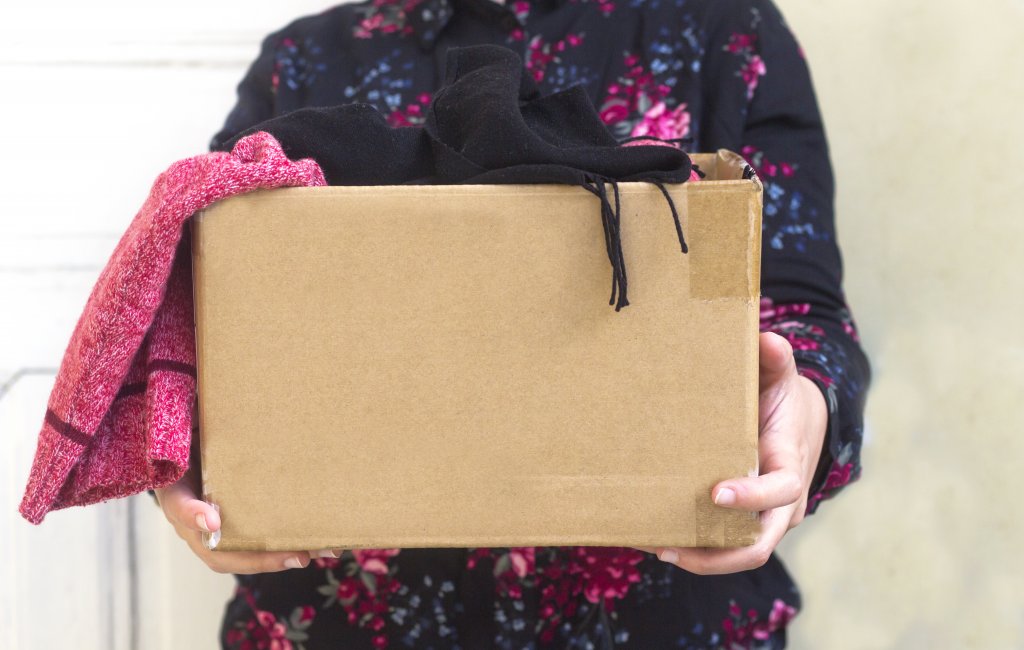
Stay motivated
All of these methods for decluttering can feel like a workout. It’s a challenge to get started, but after you get moving you are so glad you did because of how you feel. Capitalize on your wins and keep moving forward.
Some projects will be more challenging than others, but keep coming back to it and don’t give up! It will be worth it in the end when you feel more free and relaxed.
Break down the larger jobs into smaller tasks and keep plugging away at it. If you need additional help or encouragement, find a friend to help you or consider hiring a professional organizer if needed.
Take before and after pictures as you go. They can be motivating to keep putting in the effort when you get tired.
Remind yourself of your goals
Review your vision and goals and remind yourself why you are decluttering in the first place. Completing another quick win can also help you get back on track.
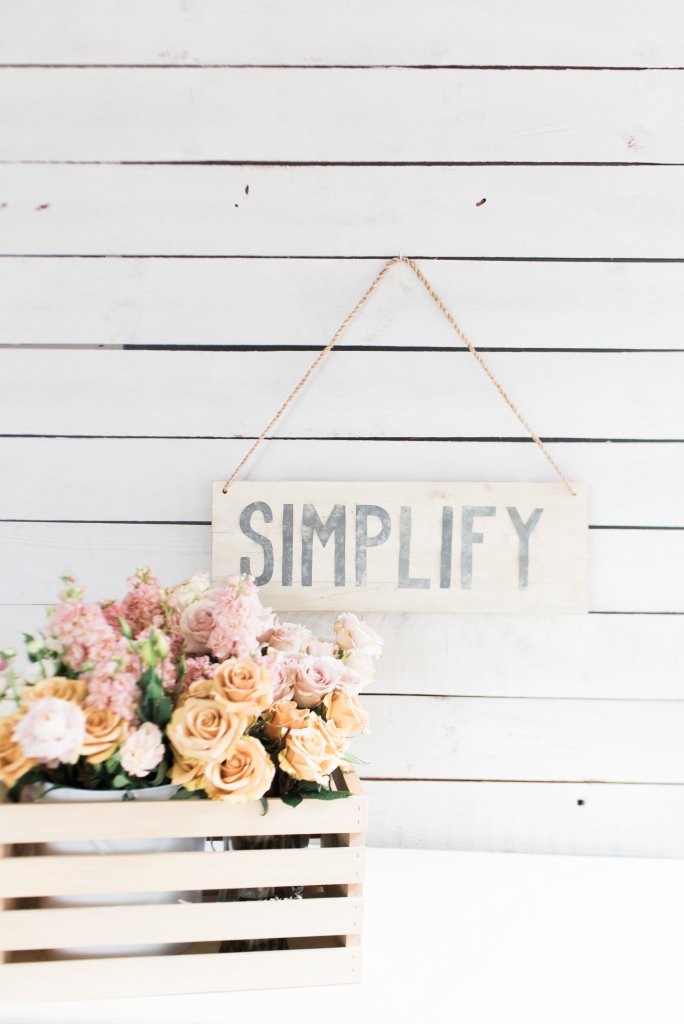
Keep it decluttered
No matter which of the methods for decluttering you used, you’ll want to have a plan in place for maintenance. Follow these 4 steps to help you keep the clutter from returning.
- change
your systems - practice the one minute rule
- be mindful with purchases
- join a supportive community
Change systems
Clutter can be an artifact of not having a functional and well-organized space that makes sense for how you use your home. Once you have those systems in place, items are put back in their homes once you are done with them.
If your items don’t have a home, find them one that works with how your home functions.
One minute rule
Practice the one minute rule. If it takes you less than one minute to put an item away, then put it back right away.
For things that would take longer, have a basket available for items that go in other rooms. Empty the basket once or twice per day and put the items back into their designated spaces.

Be mindful of purchases
Living simply in a culture focused on consumerism takes a concerted effort. Carefully
It can’t turn into clutter if you don’t buy it in the first place. Take your time to think through purchases and don’t make impulse buys. Control the sales message you receive by opting out of emails, catalogs, and commercial messaging.
Join a supportive community
Let close friends and family members know about your goals so they can help support you in it. Become friends with likeminded people and encourage each other on your journeys.
There are many supportive groups online (such as the Simplify & Declutter group) and in real life that will walk alongside you as you work to declutter and live simply.
Join the email community by filling out the form below and you’ll also get the Declutter Plan of Attack Worksheet. I’d love for you to join us in your journey!
Need more help with decluttering?
I created the Your Home Decluttered workbook to help walk you through the decluttering process. It includes sections on setting goals, creating your plan, checklists for each room type, celebrating your victories, assessing your habits, and making sure you reached your goals.
For further details on the workbook and to purchase, go here: https://thesimplicityhabit.vipmembervault.com/products/courses/view/1042351
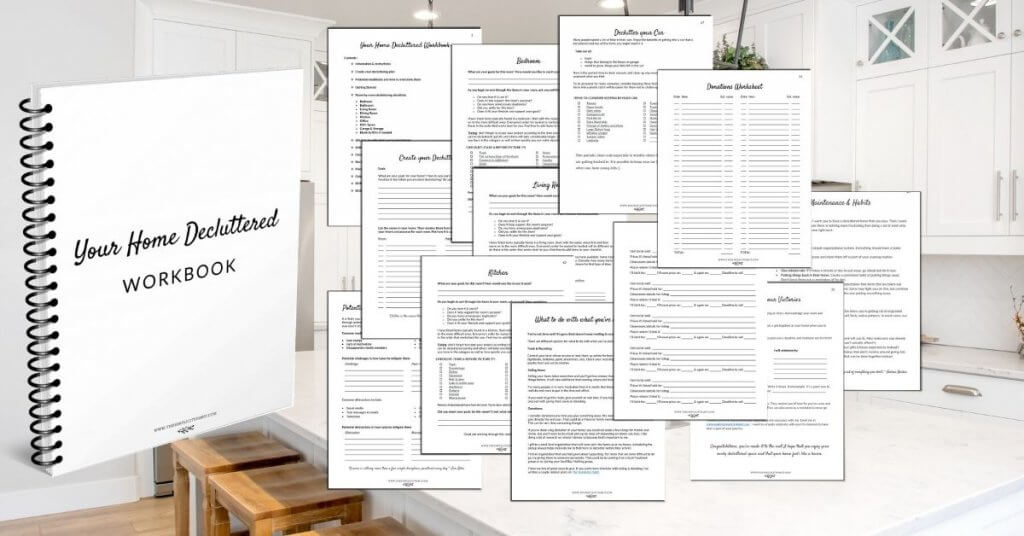



















This is super helpful, especially for this time of year! We did the Kondo method last year, but now our house is a wreck again. The good news is that the Kondo method encouraged us to think before we buy stuff, so I think we accumulated less throughout the year.
That’s a huge step in the right direction, Marcie! It’s definitely an ongoing process.
This really helped me be mindful of many things. I am trying to be so mindful of ‘silly’ purchases. I actually took things out of the shopping cart b/c after really giving it thought, I really didn’t need it. I started to track how many boxes/tubs I decluttered and how many bags went out the door, shredded, etc. I was amazed! I will look at that when I need a lift to remind myself just how much I have done and also think about that before I make a ‘silly’ purchase.